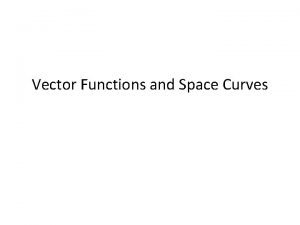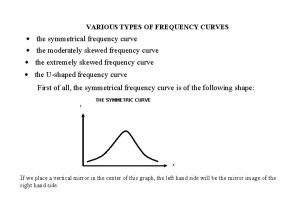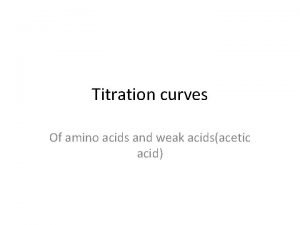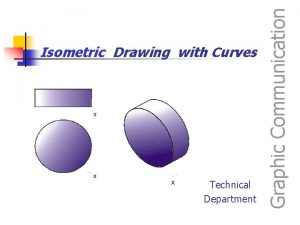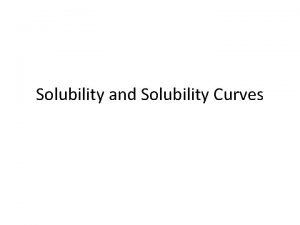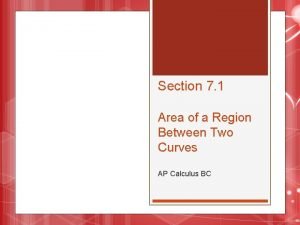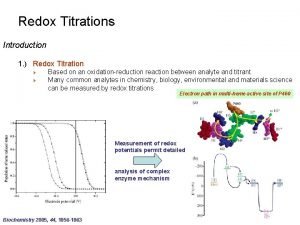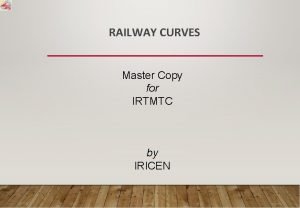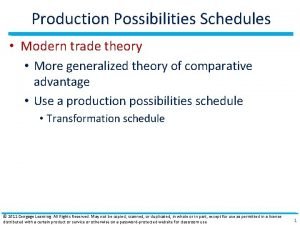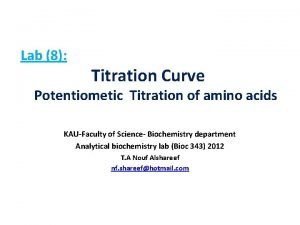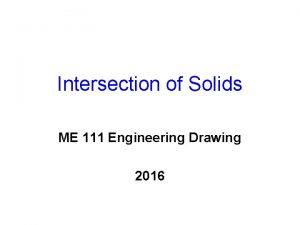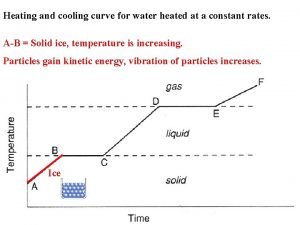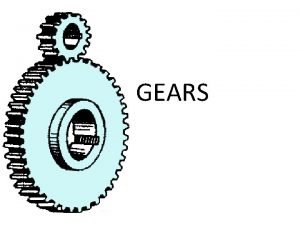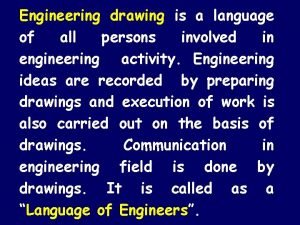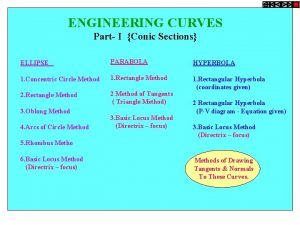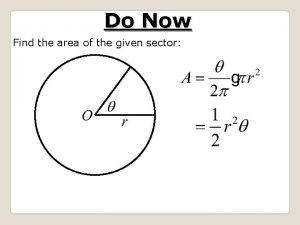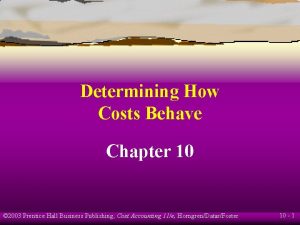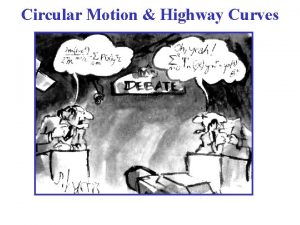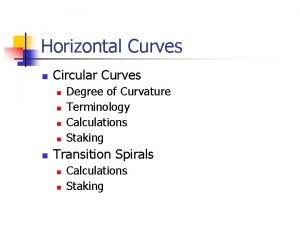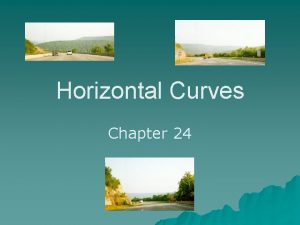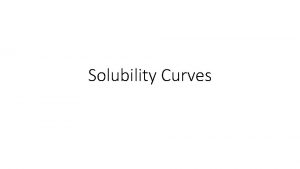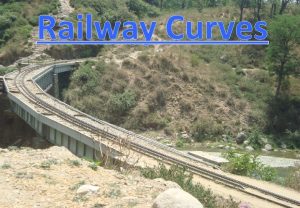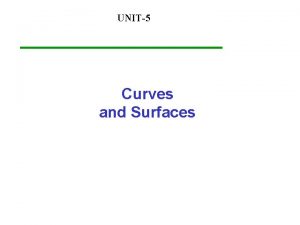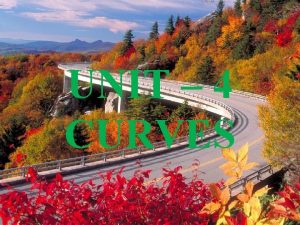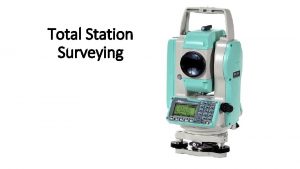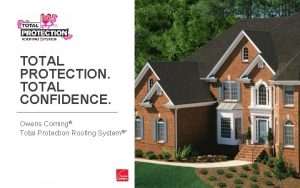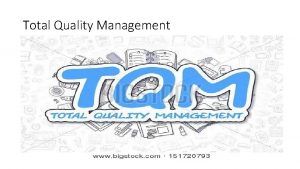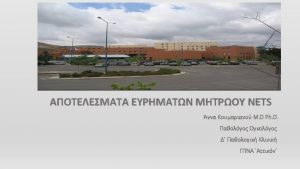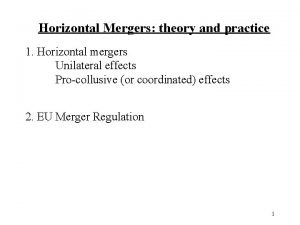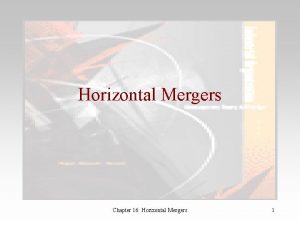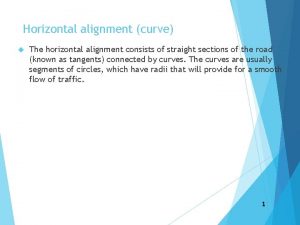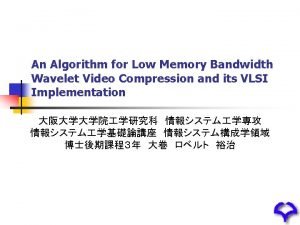PART IX CURVES Part 1 HORIZONTAL CURVES TOTAL
































- Slides: 32

PART IX – CURVES Part 1 HORIZONTAL CURVES (TOTAL PERIODS – 40) 1

1. 1 Types of Curves, Degree of Curve, Relation between degree & Radius, Chord and Versine, Standard chords for measuring Versine. Total periods - 2 2

INTRODUCTION • It is desirable to follow the straight alignment but to be changed by introduction of curve(s)for some unavoidable reasons • Connectivity to sources of traffic. • Obstructions like hills, water bodies etc. • Unstable geological formations etc. • Technical and economical considerations when river alignment, length of bridge, need for climbing steep hills. 3

• Due to the forces on a curved track, it has been estimated that the maintenance effort on curves is about 25% extra over that on a straight track. • Therefore the forces and their effect on track, vehicle and passengers are required to be systematically studied so that curves are properly designed and easily maintained. • Better understanding the vehicle movement on curves and proper laying, maintenance, realignment of curves etc track engineers will be in better position to maintain 4

Types of curves Different types of curves in the track are: • Simple curves • Compound curves • Reverse Curves 5

IDENTIFICATION OF CURVE • Curve is a line of which no part is straight and which changes direction without angles. • A railway curve is a track which changes alignment without any sharp corners in rails. • This change of alignment through curves is best attained through circular curve. • A circular curve has the advantage of uniform curvature means uniform change of direction. • Identification: R- radius, D- degree, direction of curve : LH/RH 6

7

8

9

10

APEX DISTANCE OPTION I (Min. Radius computed) OPTIMUM OPTION II CHOOSING APPROPRIATE CURVE 11

How does the train move on rails? • Vehicle shall be Self centering/ self stabilising • Coning is the main mechanism • SINUSOIDAL MOTION. 12

Movement of wheels on a straight track • Coning of wheels helps to keep the vehicle centrally aligned on a straight and level track also. • Slight irregularities in the track do occur as a result of moving loads and the wheels, therefore, move from side to side and the vehicles sway. Due to the coning of wheels, this side movement results in the tread circumference of one wheel increasing over the other.

Movement of wheels on a straight track • As both the wheels have to traverse the same distance, this causes one wheel to slide. Due to the resistance caused by the sliding, any further side movement is prevented. • If there was no coning, the side movement would have continued and the flange of the wheel would have come in contact with the side of the rail, causing jerks and making the ride uncomfortable. 14

Behavior of coned wheel in curved track • On Outer rails wheel has to cover great distance than inner rail • Vehicle has tendency to move sideways towards outer rail • Circumference of flange of outer wheel will be greater than that of inner wheel • Helps the outer wheel to cover longer distance than inner rail 15

16

ADVANTAGES OF CONING THE WHEELS • Helps in reducing wear & tear of the wheel flanges and rails, which is due to rubbing action of flanges with gauge face of the rail head • Provides possibility of lateral movement of the axle with its wheels • Prevent the wheels from slipping to some extent 17

Wheel set on track: play helps wheel movement σs/2 σs= Standard Play σs/2 18

Sinusoidal motion of wheel set on straight 19

Guidance of wheel on track • Straight track • Sinusoidal motion • Curved track • Shifting of center of gravity of wheel set • Actual guidance of the wheel flange by the outer rail in sharper curves • Slipping/skidding of wheels on sharp curves 20

Angularity of axle while negotiating a curve α Angle of attack 21

Curve designation • Curves are Designated By Their Radii, Except On IR & US rail roads where degree of curve is used for designation and • • • Radii For Calculation. Limiting radii (item-2 chapter I of SOD ) BG : 175 M MG : 109 M NG : 44 M 22

DEGREE OF CURVE IS THE ANGLE SUBTENDED BY 30. 5 m CHORD AT THE CENTRE 30. 5 m (100 feet ) R D R 23

RELATION BETWEEN DEGREE AND RADIUS OF THE CURVE • The value of degree can be found out, as indicated below • Angle subtended by 2 Rm Length i. e; circumference=360°. • Angle (D) subtended by 1 m Length i. e; circumference i. e D = 360° X 1 / 2 R. • Angle (D )subtended by an arc of 30. 5 m length D = 360° X 30. 5 / 2 R = 1746. 81 / R Say D = 1750 / R

Degree of Curve - Exercise Find Radius. If Degree of Curve is • 0. 50° • 2° • 4° • 5° - 3500 m 875 m 437. 5 m 350 m

CURVE MEASUREMENT: BY VERSINE (MID CHORD OFFSET ON 20 m CHORD) By Property Of Circle, V*(2 R-V) = C/2*C/2 i. e. 2 RV=C 2/4 [NEGLECTING V 2] 2 i. e. Versine, V = C /8 R V C 2 R 2 R-V R C V 26

Versine - Exercise Find Versine on 20 m Chord – If Degree of Curve is • • 0. 50° 1° 4° 5° - 14. 28 mm 28. 57 mm 114. 28 mm 142. 80 mm

PARAMETERS OF CURVES • RADIUS, R AND DEGREE OF CURVE, D • ACTUAL CANT Ca • CANT DEFICIENCY Cd • CANT EXCESS Cex • EQUILIBRIUM CANT Ce / EQUILIBRIUM SPEED Ve • RATE OF CHANGE OF ACTUAL CANT rca • RATE OF CHANGE OF CANT DEFICIENCY rcd • CANT GRADIENT, i • LENGTH OF TRANSITION, L 28

Centrifugal & Centripetal Force 29

Effects of curve: Centrifugal force • Vehicle Running at a Speed of V In a Curve of Radius R experiences Centrifugal Force = MV 2/R • UNDESIRABLE EFFECTS • Possible passenger discomfort • Possible displacement of loads • Risk of vehicle overturning 30

Effects of curve: Centrifugal force • Risk of derailment • High lateral force resulting in maintenance problems • Wear of rail & wheel flange • Lateral force on track structure 31

Thanks
 Unidad 3 razones financieras
Unidad 3 razones financieras Total revenues minus total costs equals
Total revenues minus total costs equals Total revenues minus total costs equals
Total revenues minus total costs equals Total revenues minus total costs equals
Total revenues minus total costs equals Total revenue minus total expenses
Total revenue minus total expenses Part whole model subtraction
Part whole model subtraction Part to part ratio definition
Part to part ratio definition Brainpop ratios
Brainpop ratios What is technical description
What is technical description Front bar is used for
Front bar is used for The part of a shadow surrounding the darkest part
The part of a shadow surrounding the darkest part 미니탭 gage r&r 해석
미니탭 gage r&r 해석 Space curves
Space curves Symmetrical frequency curve
Symmetrical frequency curve Titration curves for amino acids
Titration curves for amino acids Isometric drawing with curves
Isometric drawing with curves The zoo dangerous curves
The zoo dangerous curves Solubility curves definition
Solubility curves definition Area between two curves formula
Area between two curves formula Redoxtitration
Redoxtitration Versine of curve
Versine of curve Creating production possibilities schedules and curves
Creating production possibilities schedules and curves S and j curves
S and j curves Curved outward mirror
Curved outward mirror Titration plot
Titration plot Square prism intersection of solids
Square prism intersection of solids Heat curve
Heat curve Cycloidal teeth consist of *
Cycloidal teeth consist of * Rectangular hyperbola engineering drawing
Rectangular hyperbola engineering drawing Construct a helix with radius 40mm
Construct a helix with radius 40mm Area of polar curves practice
Area of polar curves practice Learning curves 2003
Learning curves 2003 Highway curves banked and unbanked
Highway curves banked and unbanked












